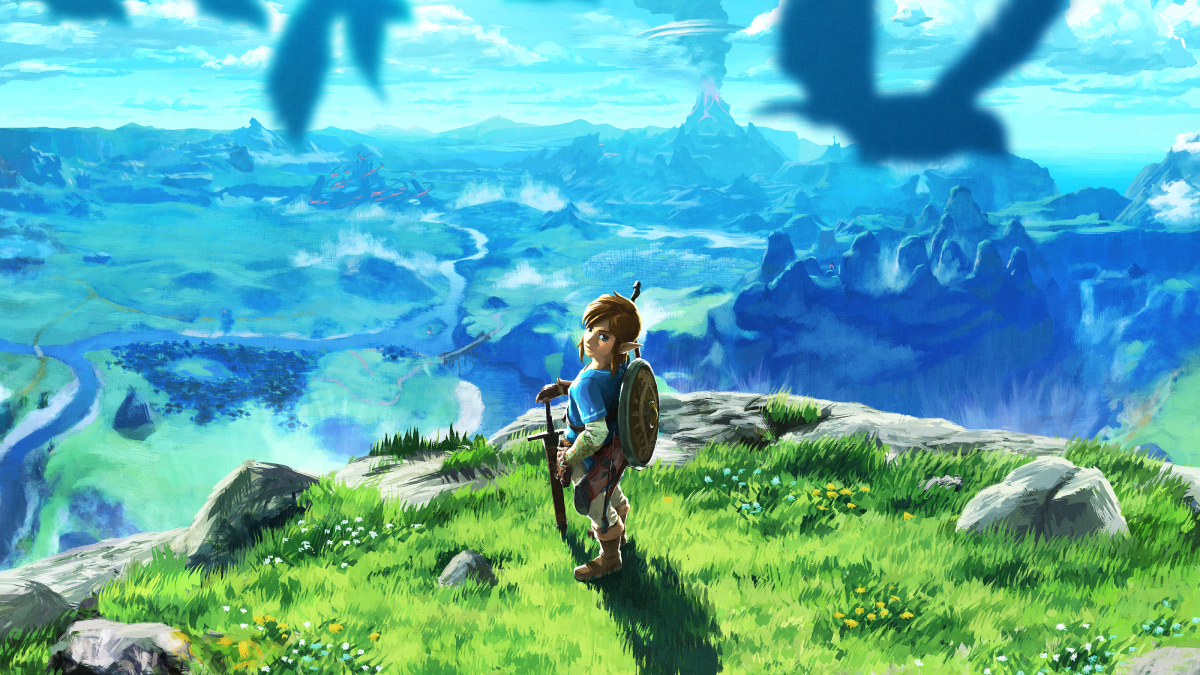The Legend of Zelda series is one of the most iconic Nintendo franchises in the world. At this point in time, there are around so many mainline games in the series, excluding re-releases, remasters, and remakes. With all these titles, someone may wonder what is the best order to play all of The Legend of Zelda games? Here is how you should tackle Link’s adventures.
There are two key orders I would recommend to players: release order and chronological order. With both of these, I suggest playing the best or most recent version of each game for the optimal experience, such as Ocarina of Time 3D or Link’s Awakening on Nintendo Switch.
The Legend of Zelda Release Order
The standard order, and the one I recommend to most people, is by release date. This order involves going down the line in terms of when each Zelda title was originally released. This means starting with the original Legend of Zelda from 1986 and ending with Tears of the Kingdom. You can opt to play the original versions of each game or their most recent versions, but I prefer the latter.
Here is how you should play the Zelda series if you want to go by the order in which each game was released. Their original platforms and release years are also mentioned below for each installment. In the case of certain games, like Four Swords Adventures and Tri-Force Heroes, keep in mind you will need some friends to help you on your way.
- The Legend of Zelda (NES, 1986)
- Zelda 2: The Adventure of Link (NES, 1987)
- The Legend of Zelda: A Link to the Past (SNES, 1991)
- The Legend of Zelda: Link’s Awakening (Game Boy, 1993)
- The Legend of Zelda: Ocarina of Time (N64, 1998)
- The Legend of Zelda: Majora’s Mask (N64, 2000)
- The Legend of Zelda: Oracle of Seasons/Oracle of Ages (Game Boy Color, 2001)
- The Legend of Zelda: A Link to the Past and Four Swords (GBA, 2002)
- The Legend of Zelda: The Wind Waker (Game Cube, 2002)
- The Legend of Zelda: Four Swords Adventures (Game Cube, 2004)
- The Legend of Zelda: The Minish Cap (GBA, 2004)
- The Legend of Zelda: Twilight Princess (Game Cube and Wii, 2005)
- The Legend of Zelda: Phantom Hourglass (DS, 2007)
- The Legend of Zelda: Spirit Tracks (DS, 2009)
- The Legend of Zelda: Skyward Sword (Wii, 2011)
- The Legend of Zelda: A Link Between Worlds (3DS, 2013)
- The Legend of Zelda: Tri-Force Heroes (3DS, 2015)
- The Legend of Zelda: Breath of the Wild (Wii U and Switch, 2017)
- The Legend of Zelda: Tears of the Kingdom (Switch, 2023)
Note that in many cases, you can turn to services like Nintendo Switch Online’s NES, SNES, and N64 game libraries to easily access certain titles. Also, The Legend of Zelda: Link’s Awakening ended up getting a Switch remake.

The Legend of Zelda Chronological Order
The other possible order you can go in is chronological. I don’t recommend this to most players, but this format has you play uniquely in the order of the complicated timeline for the series. The main issue here is deciding which order to do first since there are three branching timeline paths. This is ultimately up to you. However, it all starts and ends the same, though.
Note that this option doesn’t include all spin-off games. For example, The Legend of Zelda: Tri-Force Heroes isn’t present here.
Timeline Start
- Skyward Sword
- The Minish Cap
- Ocarina of Time
Child Timeline
- Majora’s Mask
- Twilight Princess
Adult Timeline
- The Wind Waker
- Phantom Hourglass
- Spirit Tracks
Fallen Hero Timeline
- A Link to the Past
- Link’s Awakening
- Oracle of Seasons/Ages
- A Link Between Worlds
- The Legend of Zelda
- Zelda 2: The Adventure of Link
Timeline End
- Breath of the Wild
- Tears of the Kingdom
The Legend of Zelda: Tears of the Kingdom is available for Nintendo Switch.


Published: Apr 10, 2023 11:15 am